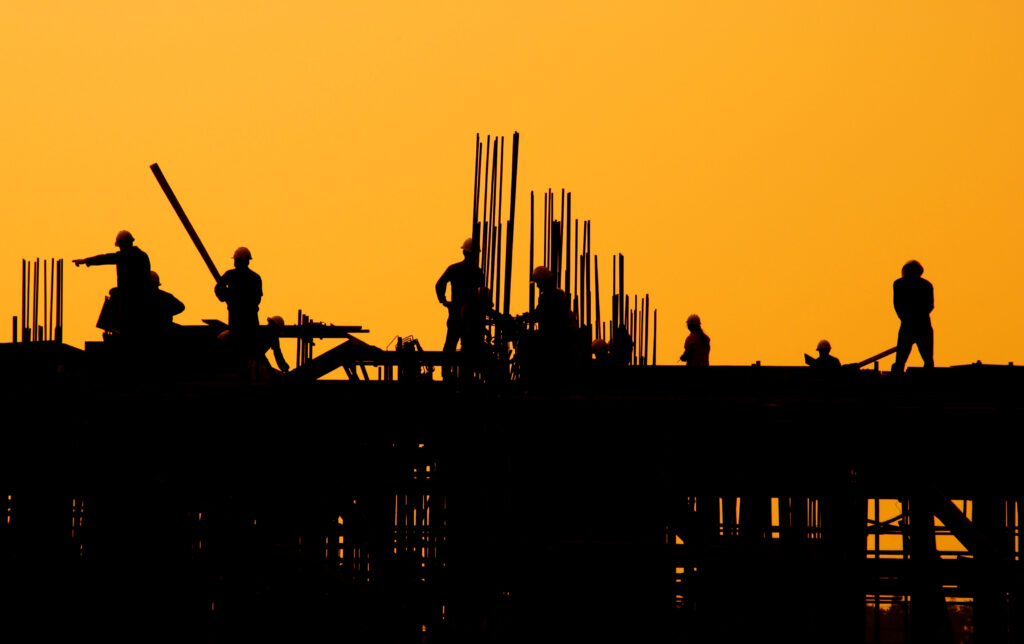The medical sector of commercial real estate has seen many changes within the past few years alone. Technology has altered traditional practices, and medical personnel have had to quickly adapt. Part of this rapid adapting includes transforming spaces within a single building to accommodate patients with varying needs.
The Need for More Room
Not only is medical CRE shifting, it’s also growing, with no signs of slowing down. By 2030, it’s projected that almost a fifth of adult U.S. and Canadian populations will be aged 65 or older. Senior homes, satellite offices and rehabilitation facilities are popping up in larger cities and more rural areas to allow for easier access to medical care.
Changes in Volume
In addition to fluctuations in the general population needing medical attention, the amount of traffic that offices see can vary. For busier times, flexible rooms make it easier for medical staff to serve patients’ needs. Over time, as smaller practices grow and change, having a building that can adapt along with them becomes even more vital.
Easily Modified Rooms Are Popular
Traditional offices were meant more as a one-size-fits-all facility for patients and those caring for them. But to be more effective, healthcare professionals have transitioned to a more personal approach. Providers are looking for extensibility and they’re willing to foot the higher price tag that comes with it. Having the ability to do a versatile range of procedures in less square footage means saving time and money and money in the long run.
Redesign Offices for Communication
Adaptability is also important when it comes to office space. Medical professionals are constantly moving between appointments and meetings, which means they aren’t spending much time in individual offices. Multifunctional meeting rooms allow medical staff to easily meet with patients, perform administrative tasks, collaborate with colleagues and give the best possible care.
Working with Waiting Rooms
It’s also important to designate welcoming spaces for the family and loved ones of those receiving treatment. Modern waiting rooms and common areas are made to accommodate larger groups, incorporating couches as opposed to smaller chairs. The furniture in these rooms may be rearranged depending on a group’s needs. Since visits may last hours, the comfort and convenience of loved ones is important.
Envision the Future
At the moment, it’s somewhat difficult to predict what the healthcare field will look like down the road. Creating a versatile space that can be easily adapted for constantly shifting needs gives you an advantage for the future. Taking into account the demographics around your building, and what type of care may be most needed, you’ll be able to form a better plan that benefits both you and your tenants.
National Property Inspections is the partner you can rely on for all of your company’s inspection needs. Schedule a consultation with our inspection coordinators to see how NPI can assist you.



